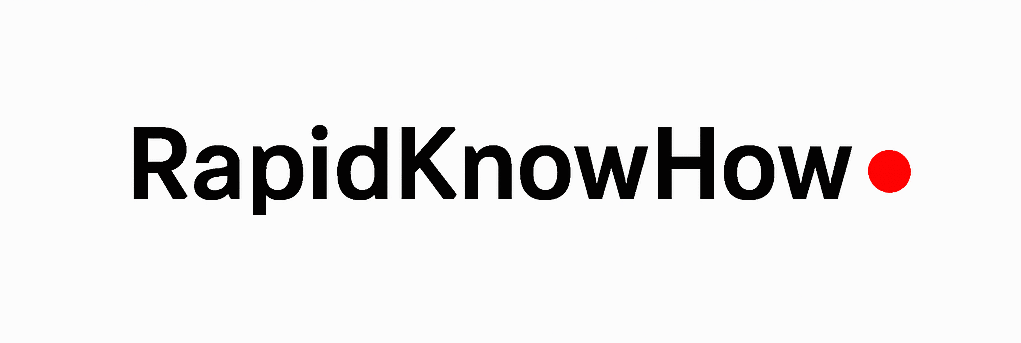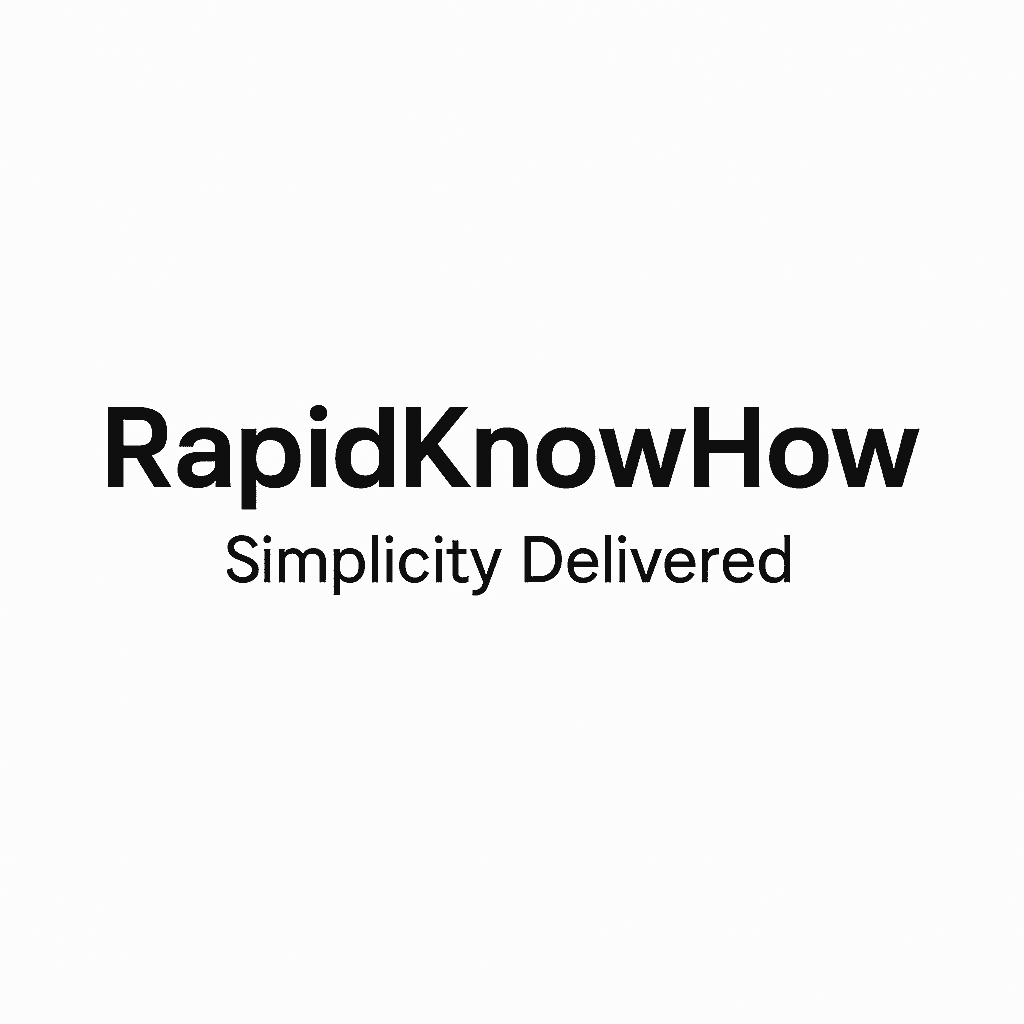Top 10 Introduction Sentences to a Decision Maker
Here are 10 effective introductory sentences to use when addressing a decision maker. These sentences are designed to capture attention and establish a professional tone:
- “Thank you for taking the time to meet with me today; I’m eager to discuss how we can drive impactful results together.”
- “I appreciate the opportunity to speak with you; I believe we share a vision that could lead to exciting new possibilities.”
- “As a leader in your field, your insights are invaluable, and I’m looking forward to exploring how we can align our goals.”
- “I’m grateful for the chance to connect; I have ideas that I believe can address some of the challenges your organization is facing.”
- “Thank you for considering this conversation; I’m confident we can find a strategic path forward that benefits both our organizations.”
- “I admire the work your team has accomplished, and I’m excited to present solutions that could enhance your current initiatives.”
- “It’s a pleasure to meet with you; your leadership in [specific industry or project] inspires innovation, and I’d like to share some perspectives.”
- “I’m here to share insights that can fuel growth and efficiency; I believe our collaboration could yield significant benefits.”
- “Thank you for this opportunity; I’m looking forward to discussing how we can create stronger outcomes together.”
- “I appreciate your time today; I have identified key opportunities that align with your strategic objectives, and I can’t wait to share them.”
These introductory sentences aim to create an inviting atmosphere, establish credibility, and set the stage for a productive conversation.
Top 10 Problem Identification Questions to a Decision Maker
Here are ten effective problem identification questions that you can pose to a decision maker. These questions are designed to encourage critical thinking and elicit detailed responses regarding the issues at hand:
- “What challenges have you observed in our current operations that may be affecting your overall performance?”
- “Are there any specific areas within the organization where you’ve noticed a decline in efficiency or effectiveness?”
- “In your opinion, what are the most significant obstacles your team faces in achieving its objectives?”
- “How do you perceive the impact of recent customer feedback on your products or services?”
- “What trends have you noticed in our industry that could signal potential risks or opportunities for you?”
- “Can you identify any gaps between your strategic goals and your current performance metrics?”
- “What resources do you believe you lack that may be hindering your progress?”
- “How do you feel your competitors are addressing challenges that you are currently facing?”
- “Are there any specific projects or initiatives that you think may not be meeting their intended goals?”
- “What insights do you have regarding employee satisfaction and retention, and how might they relate to your organizational challenges?”
These questions aim to facilitate a thoughtful dialogue about the current state of the organization, enabling a clearer understanding of problems that need to be addressed for future success.
Top10 Probing Questions to a Decision Maker
- “What specific outcomes do you hope to achieve with this project?”
- “Can you elaborate on the key challenges you’re facing that led to this discussion?”
- “Who are the main stakeholders involved, and what are their primary concerns?”
- “What has been done so far to address these issues, and what were the results?”
- “How do you measure success for initiatives like this?”
- “What budget constraints do we need to be aware of?”
- “Are there any timelines or deadlines we need to consider?”
- “How would you prioritize this project relative to others on your agenda?”
- “What potential risks do you foresee with this approach?”
- “Have you encountered any resistance to changing the current process?”
You explore the decision maker’s challenges and objectives.
Top10 Solution Answers to a Decision Maker
- “We propose to implement a phased approach to achieve measurable results and adjust as needed.”
- “Leveraging technology, we can automate processes to improve efficiency and reduce errors.”
- “Integrating feedback mechanisms will help ensure that stakeholder concerns are addressed throughout the project.”
- “Providing comprehensive training can enhance employee engagement and adoption of new solutions.”
- “Regular progress updates will maintain transparency and keep all parties informed.”
- “We can allocate specific resources to mitigate identified risks and ensure project continuity.”
- “Our solution includes a contingency plan to address potential challenges proactively.”
- “Collaborating with key stakeholders early in the process can foster buy-in and support.”
- “Using data-driven insights will allow us to fine-tune our strategies and make informed decisions.”
- “We can establish clear KPIs to measure success and adjust our approach based on performance.”
You propose solutions that directly address those needs and challenges.
Top 10 Closing Questions
- “Based on our discussion, do you feel confident in the proposed solution?”
- “What additional information can I provide to assist in your decision-making?”
- “Are there any lingering concerns that you’d like to address before moving forward?”
- “Does our proposed timeline align with your expectations?”
- “How do you prefer to move forward from here?”
- “Would you like to schedule a follow-up meeting to finalize the details?”
- “What would be the best next steps to implement this solution?”
- “Are you ready to present this solution to your stakeholders?”
- “What factors would help you accelerate the decision-making process?”
- “Are there any potential objections from your team that we should discuss?”
You encourage readiness for a decision by addressing concerns and outlining next steps.
Top 10 Contract Answers
- “We can outline clear deliverables and timelines in the contract to ensure accountability.”
- “The payment terms can be structured in milestones to align with project progress.”
- “We can include clauses for ongoing support and maintenance after project completion.”
- “Intellectual property rights will be clearly defined to protect both our interests.”
- “We can include terms for confidentiality to safeguard sensitive information.”
- “Dispute resolution procedures will be outlined to manage any conflicts that may arise.”
- “The contract can feature a scope of work that details all tasks and responsibilities.”
- “A termination clause can be added to allow either party to exit under specific conditions.”
- “We can agree to regular check-ins to assess progress and make necessary adjustments.”
- “The contract will include performance metrics to ensure that the expected outcomes are met.”
You articulate the specific terms of the agreement, ensuring clarity and mutual understanding.
This structured approach provides a comprehensive framework for engaging with a decision maker from exploration of their needs to confirming the details of an agreement.




